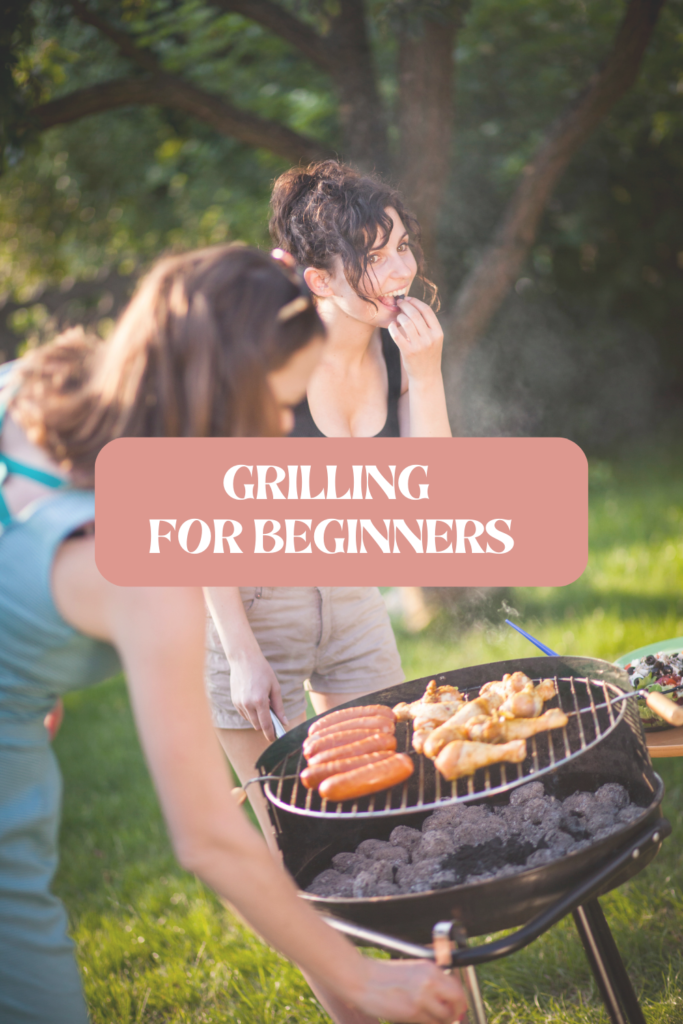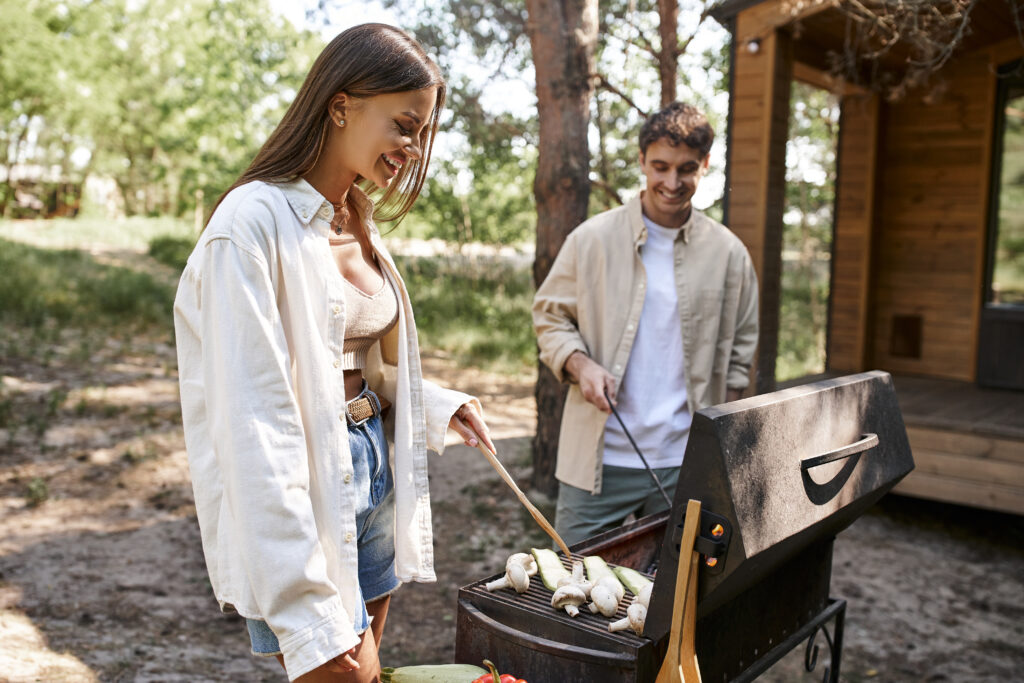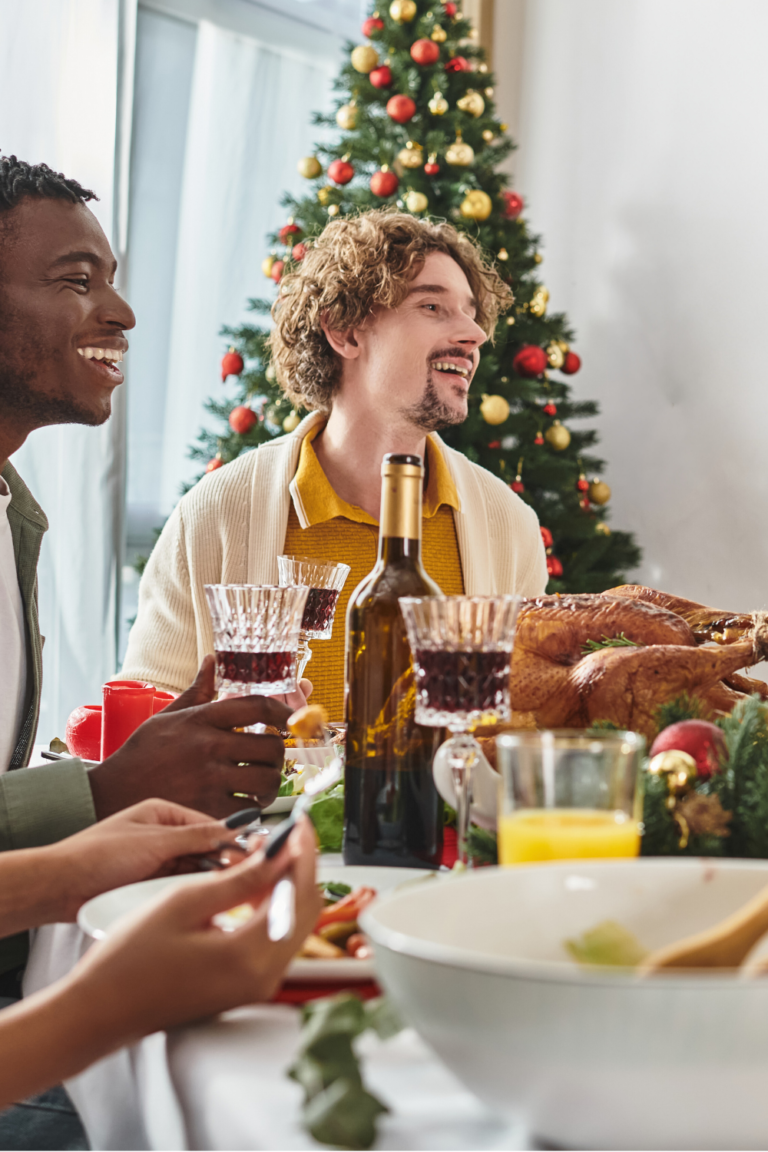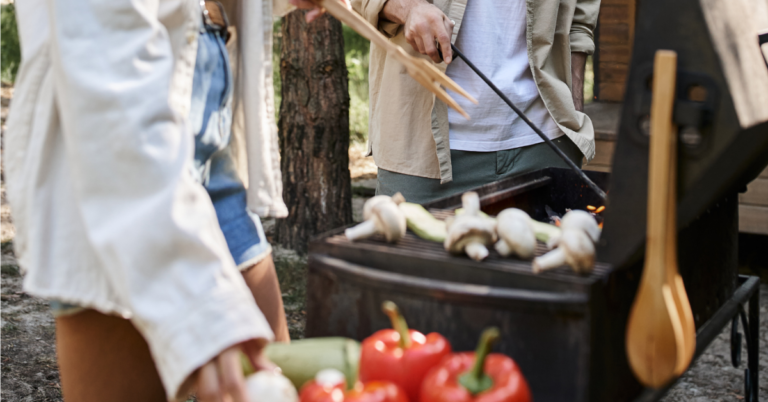This post may contain affiliate links, view the disclosure for more information.
Grilling for beginners starts with building a foundation of understanding grill technique. Grilling can be daunting, especially if you are completely inexperienced in open-flame cooking. If you want to try your hand at grilling, this “grilling for beginners” guide is a good place to start. Grilling is fun but involves a lot of technique. Understanding the difference between gas grilling and charcoal grilling is critical. It’s important to decide which style of grill works best for you. I’ll be covering grilling tips and methods in this ultimate guide to grilling for beginners.
The post is all about grilling for beginners.

What is grilling?
Grilling is a cooking technique that involves cooking food over direct heat, typically on an open flame. It’s a versatile method suitable for various foods, including meats, vegetables, fruits (like rum-infused grilled pineapple), and even certain desserts (like cast-iron brownies). Grilling creates a distinct smoky flavor and creates appealing grill marks for presentation purposes or even caramelization on the food’s surface.
What are the benefits of grilling?
There are many benefits to grilling. Grilling doesn’t require complex equipment. Alone, a simple gas or charcoal grill can impart a fantastic depth of flavor to your food. You can always take it up a notch (cue Emeril Lagasse’s voice), with great marinating techniques, balancing seasonings, or using different wood chips to enhance the flavor further. An electric grill, or a grill plate (also known as a plancha, iron, or griddle) is a great option if you live indoors, or do not have outdoor access. It’s one of the quicker cooking methods, which makes it ideal for weeknight meals or a fun large gathering.
Not only that but there are many health benefits to grilled food. Grilling allows excess fats to drip away from the food, resulting in a meal with a lower fat content. Grilling can help retain more nutrients in certain foods compared to boiling or frying. The quick cooking time minimizes nutrient loss, especially in vegetables. Because grilled vegetables cook quicker over a higher temperature, they can be more appealing texturally, encouraging people to consume more of these nutrient-dense foods.
What are the two types of grilling techniques?
There are different types of grilling: direct grilling (cooking food directly over the heat source) and indirect grilling (cooking with the heat source on one side and the food on the other). Typically, indirect grilling would be a good choice for your food that you want more control and even cooking. With this grilling technique, the hot air would circulate the food, cooking it from all directions. For a gas grill, you can accomplish this by turning on half of the burners on the grill and using the residual heat to cook your food. For a charcoal grill, you would move your coals to one side of the grill, and cook the food on the opposite side.
What is the difference between charcoal grilling and gas grilling?
The main difference between charcoal grilling and gas grilling is the heat source. Because of this, the heat control and distribution will be different while cooking. With charcoal grilling, you use charcoal briquettes or lumps, which take a longer time to prepare and heat up than a gas grill. Gas grills simply involve you turning the knob for an instant flame and heat. Grilling for beginners will be easier if you start with a gas grill.
Charcoal grilling is a balance of managing the airflow and the amount of charcoal. It’s like the stick shift of the grill world— you have to know how to multitask to make sure everything is running smoothly. Gas grills, however, allow for quick and precise adjustments to achieve your desired temperature with a simple turn of the knob. Charcoal grills have uneven heat distribution, which depending on what you want to accomplish, can be a good thing. A “two-zone” cooking allows you to cook more delicate items over a low heat, slower.

What is the best grill for beginners?
The best charcoal grill for beginners is the Weber Original Kettle Charcoal Grill. This charcoal grill for beginners is super beginner-friendly, easy to use, and budget-friendly. Weber is one of the oldest and most trusted grill brands in the industry. The charcoal grill has a porcelain enameled lid to retain heat, and dampers for precise temperature control.
The best gas grill for beginners is the Weber Spirit II E-210 Gas Grill. This beginner-friendly gas grill has two burners, making it very easy to manage. The Weber gas grill has a built-in side table to help you prep your meals, which can be folded away to fit into a small space in the corner of your patio or yard.
What is the best steak to grill for beginners?
The best steak to grill for beginners is either a ribeye steak or a New York strip steak. Both cuts of steak have a decent amount of marbling and fat running through them. The fat content in these steaks adds tenderness and flavor, making them both forgivable choices when grilling for beginners. Sirloin is another recommended steak to grill for beginners. This cut of beef is much more affordable than the aforementioned, which makes it a practical choice for grill newbies.
No matter what steak you choose, thickness, temperature, and seasoning all matter. Choose steaks that are at least an inch thick for better control of the cooking process. Always bring your steaks to room temperature for more even cookery. A simple seasoning of salt and pepper allows the flavor of the beef to shine. This kitchen pepper mill is one of my top Amazon kitchen must-haves, and is perfect for grilling steaks. Coating steaks in a “salt crust” is a great technique, as it acts as a protective layer, adds flavor, and cooks the food gently.
What are some grilling tips for beginners?
Proper temperature control and timing are crucial for achieving the desired doneness and flavors when grilling different types of food. Use a meat probe to accurately gauge the doneness of your food. I recommend a high-heat instant-read meat probe.
Always, always start by cleaning, preheating, and preseasoning the grill. If there is food debris, you can use half an onion and a pair of tongs to rub the grill grates until it falls off. Preheat the grill and hold your hands about 6 inches over the top until you feel the heat. It should feel like the heat radiating from a warm bath. Picking the right cooking oil is one of my top cooking tips and tricks. Use an old towel doused in a high heat oil and rub down the grill grates to create a non-stick surface.
Have patience! Grilling, while it is a quicker cooking technique than others, still requires time to cook through. Avoid touching and moving around your food and allow it to sear properly before turning. Keep an eye on flare-ups, which occur as fat drips down into the fire and burns. These can cause unsightly charred edges and a burnt carbon flavor, also known as acrolein, which happens when the oil or fat breaks down and releases free radicals.




One Comment
Comments are closed.